
Like other children my age, I sunk deeply into the world of literature as I crossed over from childhood to adolescence; my scrawny body filled out and my enormous feet grew even larger, far before the subsequent growth spurt that would even out my proportions. There was nowhere better to hide than the school library during this inevitable metamorphosis, as I hung onto the last strands of childhood.
It had always been there, my romance with paper and ink, setting the scene for my earliest memory: sitting on the sidelines of the rooftop playground at my New York City kindergarten, intent on finishing my last early reader book. Our childhood home, a modest apartment in Morningside Heights, was lined with bookshelves, literally bursting with books. My mother had arranged them by genre, my beloved, wicked fairy tales stacked beneath medical encyclopedias and dog-eared collections of American poetry.
In our middle school library, at a time when books were checked out with a smile and a rubber stamp, I found texts that attended to the questions that tugged at me, like all Jewish children, about the past. These questions lurked in our hallways, in overstocked refrigerators and the askance glances of our grandmothers when we confided a desire to see Europe or a stronger desire to skip hours-long Seders. What I thought of then as indulgence—opening the doors of my grandmother’s closet, from which no less than a hundred boxes of cookies spilled out—had actually been born of suffering.
I began my journey into Holocaust lit with Number the Stars, a fictional book by Louis Lowry, recounting the escape of a Danish family during the Holocaust, told through the eyes of a 10-year-old girl. One line struck me as truer than true, a line I held with me each time ethics collided with fear: “And they are beginning to realize that the world they live in is a place where the right thing is often hard, sometimes dangerous, and frequently unpopular.” I devoured the book in a single night and replaced it the following day with The Upstairs Room, based on the lives of two sisters in hiding during the Nazi occupation of the Netherlands. Of course, I read The Diary of Anne Frank and Elie Wiesel’s Night. Even when fictional, the forwards revealed that these stories were woven from real first and secondhand experiences, selves or friends who had survived the Holocaust. At some point, my parents—alerted by the increasingly concerned school librarian—inquired about my unrelenting interest in young adult Holocaust literature. I told them I was over it.
It had only just begun.
Oscar Wilde once wrote, “It is what you read when you don’t have to that determines what you will be when you can’t help it.” Those books took me by the imaginary hand and led me into a past that both terrified and called to me: an ambivalence that remained with me far beyond the days I spent perusing that library for the answers to life’s unanswerable questions (I came to peruse far larger libraries in a seemingly endless pursuit of higher education). And a possibility to better understand what had happened without asking my grandmother outright, fearing I might add to her pain.
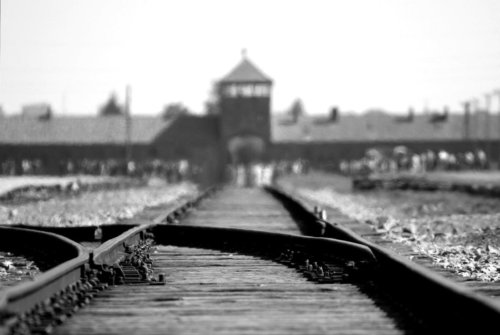
In Germany, elementary school children are schooled in the history of the Holocaust. The landscape, from which stone memorials rise beside trees, reminds Berliners from birth that history accompanies us all of our lives. Here, too, in America history colors our present and imaginings of the future. Jewish parents across the United States debate how and when our children should learn about this particular past, many arguing that it is our duty to it pass on, to make visible the invisible scars with which we are born and must always live.
When is a child old enough to comprehend this level of horror? How young is too young to call out the ghosts of the past?
Today, as a mother, I see this differently than I did back then; I am no longer an explorer but a protector. And I do not know how soon I want my son to know this part of his ancestry with such intimacy. Still, I am relieved that he too will have these books to tell the stories that are so difficult to tell.
For me, as a child navigating growth, loss and familial trauma, those young adult books somehow soothed. They put into words the wounds I witnessed in my grandmother’s eyes. She had not experienced the Holocaust firsthand, but instead watched footage of concentration camps being liberated on slow reel at her synagogue in the Bronx. She felt it in the letters that stopped coming from her family members in Europe, names never spoken aloud again. And she prepared for the worst each day after, hoarding sometimes expired foods in her apartment in Hell’s Kitchen and warning me against my growing, seemingly deviant, fascination with Germany. The cookies that spilled from her closet deceived—paradoxical reminders of a bitterness impossible to overcome.
The books laid down a path that crossed oceans, for me, as I learned German in college and later lived in the former Jewish district of Berlin. It was May when I arrived, everything blossoming with new life. I recalled in that moment how Wiesel described the seasons as the murders began: “The trees were in bloom. It was a year like so many others, with its spring.” It was so sad and so beautiful that I wept, tears unrelenting even when I closed my eyes.
The words of the narrators from those young adult books, both imagined and real, had clarified so many questions at the end of my childhood, leading me gently into a harsher world. At the same time, they revealed all that would never be answered (How could such travesties occur, by human hands?). And in many ways, they determined who I would become: a sociologist and a writer, focusing on discrimination against religious minorities, consumed by a melancholy for all that never was—and all that could be.
Check out our recommendations of Holocaust literature by age below.



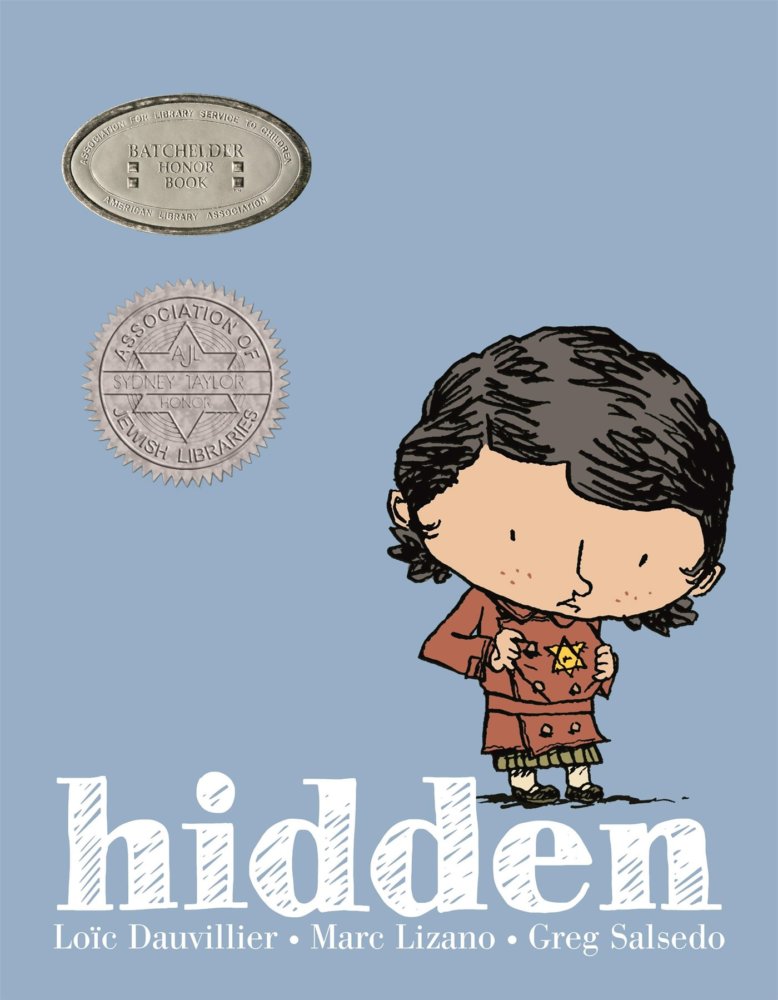
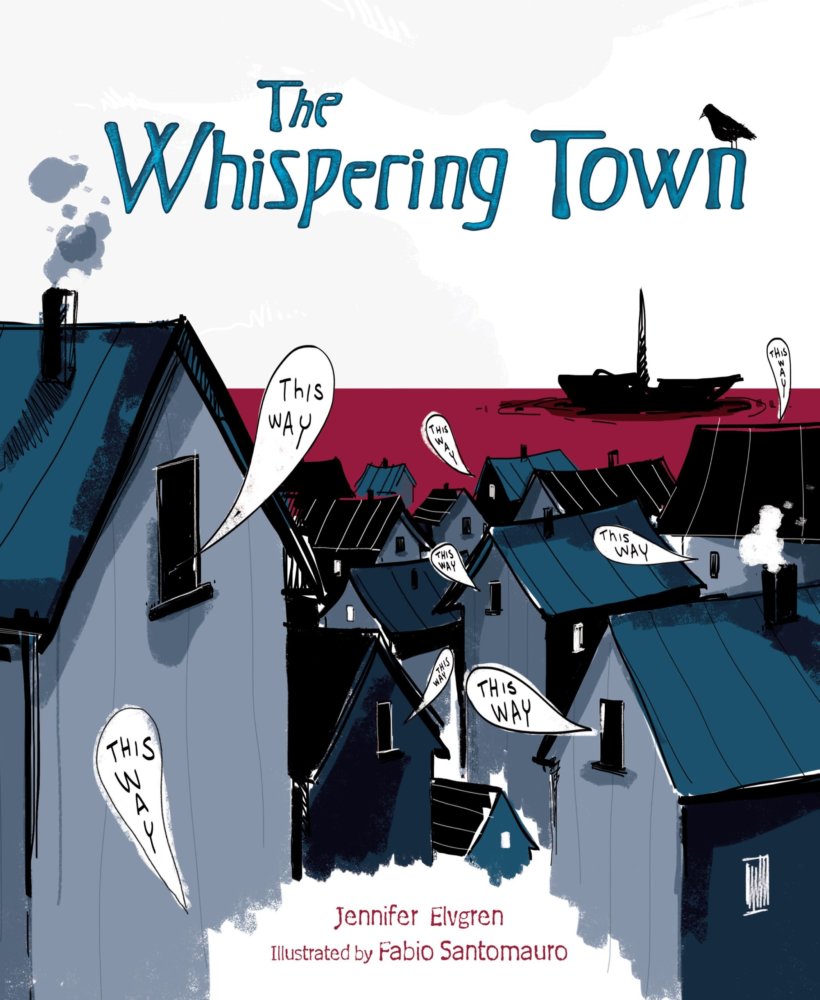
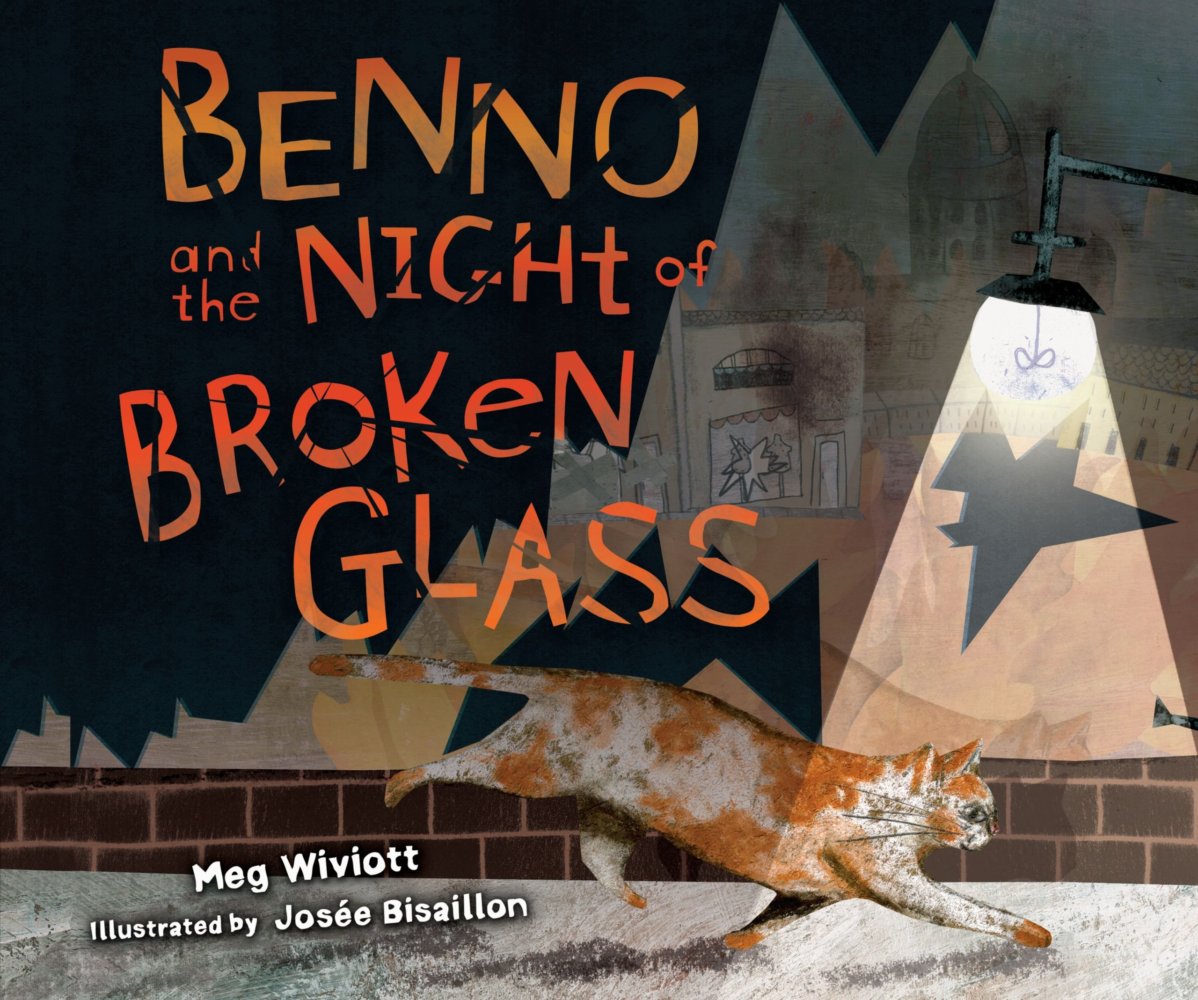
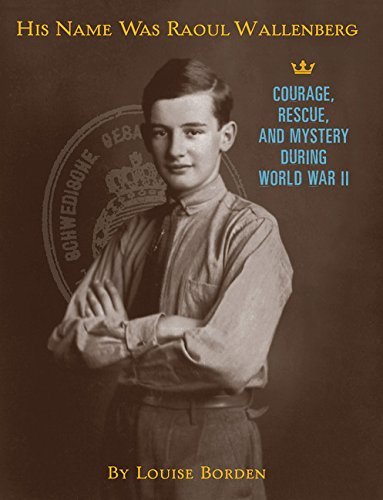
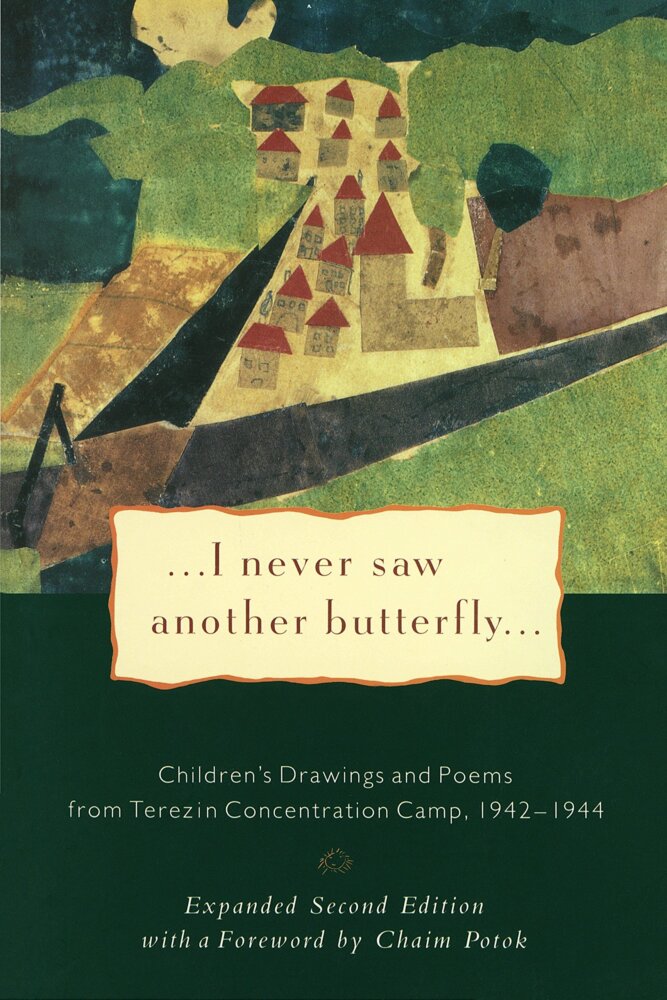

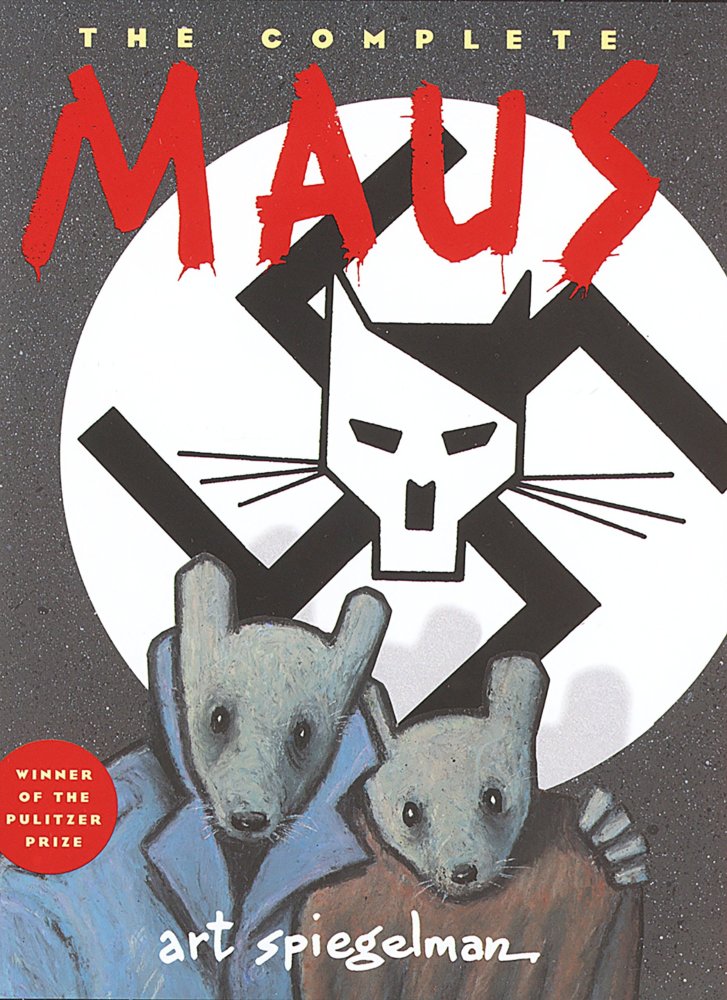
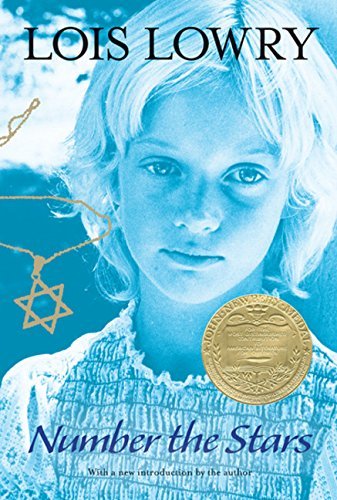
Grok Nation Comment Policy
We welcome thoughtful, grokky comments—keep your negativity and spam to yourself. Please read our Comment Policy before commenting.